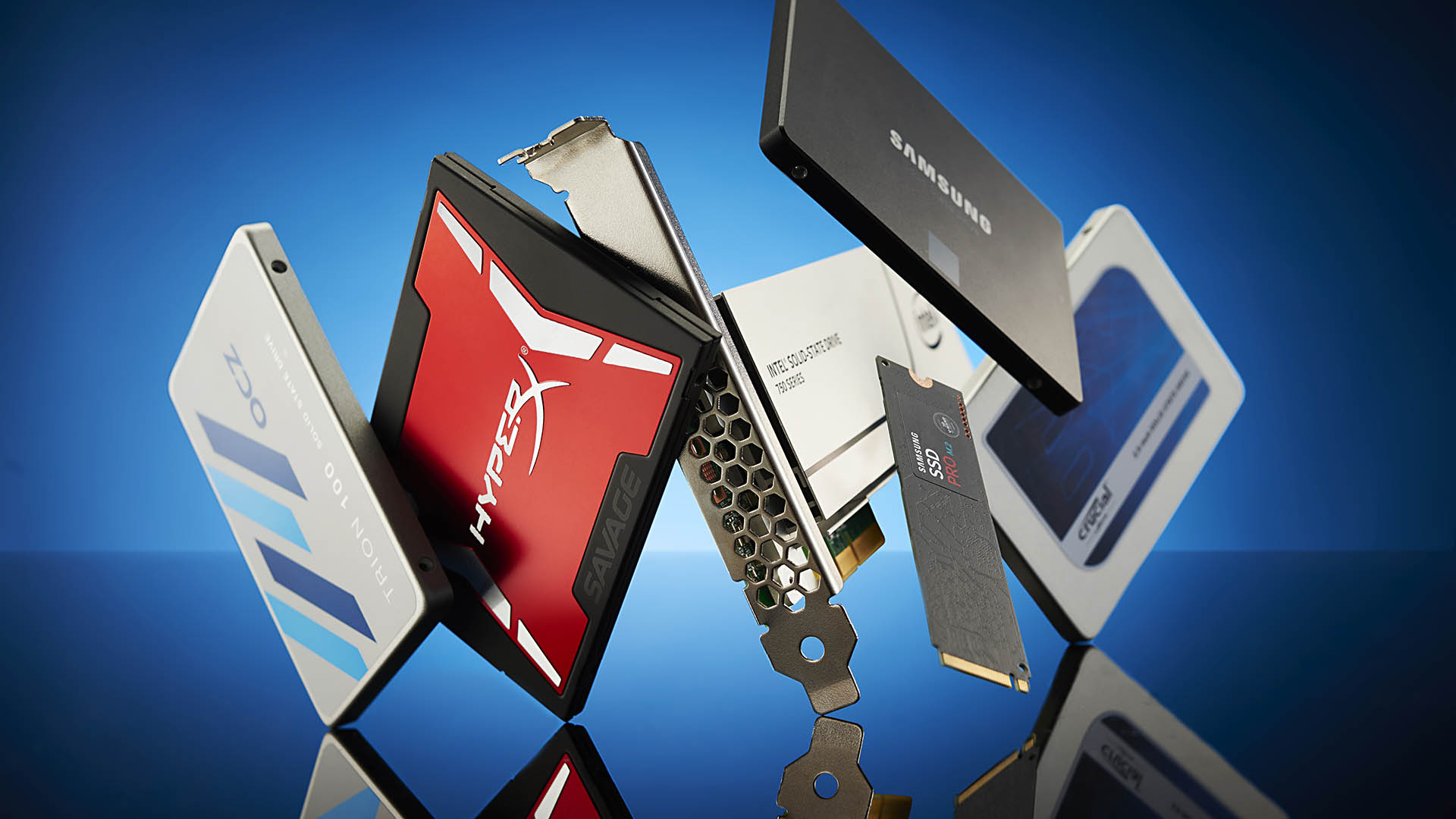- Solicitați un link
- X
- Alte aplicații
PCIe 7.0 is on track for a 2025 release, which means SSDs with speeds of up to 60GB/s should be available in the coming years
- Solicitați un link
- X
- Alte aplicații
PCI Express 7.0 is coming! But don't feel as though you need to start saving for a new motherboard anytime soon. The PCI-SIG has just released the 0.5 version, with the final version set for release in 2025. That means supporting devices are not likely to land until 2026, with 2027–28 likely to be the years we see a wider rollout.
PCIe 7.0 will initially be far more relevant to the enterprise market, where bandwidth-hungry applications like AI and networking will benefit. Anyway, it's not like the PC market is saturated with PCIe 5.0 devices, and PCIe 6.0 is yet to make its way into our gaming PCs.
PCI Express bandwidth doubles every generation, so PCIe 7.0 will deliver a maximum data rate up to 128 GT/s. That's a whopping 8x faster than PCIe 4.0 and 4x faster than PCIe 5.0. This means PCIe 7.0 is capable of delivering up to 512GB/s of bi-directional throughput via a x16 connection and 128GB/s for an x4 connection.
More bandwidth will certainly be beneficial for CPU to chipset links, which means multiple integrated devices like 10G networking, WiFi 7, USB 4, and Thunderbolt 4 will all be able to run on a consumer motherboard without compromise. And just imagine what all that bandwidth could mean for PCIe 7.0 SSDs.
In the years to come, a PCIe 7.0 x4 SSD could approach sequential transfer rates of up to 60GB/s. We'll need some serious advances in SSD controller and NAND flash technologies to see speeds in that range, but still, it's an attractive proposition. That's as long as such drives don't need cooling towers the size of the Burj Khalifa.

As far as graphics cards are concerned, you'll be fine for years to come with PCIe 4.0. A PCIe 4.0 x16 connection isn't a bottleneck for an RTX 4090, while Nvidia and AMD have no problem offering mid-range cards with x8 links. Next-generation graphics cards are almost certain to feature PCIe 5.0 support, but will either Nvidia, AMD or Intel make the jump to PCIe 6.0? I wouldn't not expect to see a PCIe 7.0 graphics card for many years yet.
Peak Storage

Best SSD for gaming: The best speedy storage today.
Best NVMe SSD: Compact M.2 drives.
Best external hard drives: Huge capacities for less.
Best external SSDs: Plug-in storage upgrades.
Honestly, I'm not as interested in peak x16 or x4 transfer rates as I am about having more x1 or x2 links. I really like the idea of being able to pack four PCIe 7.0 x1 SSDs onto a daughter card that fits in an x4 slot. Each drive could still support speeds in the 14GB/s or so range—the same speeds supported by the best PCIe 5.0 drives.
That would take some of the burden away from motherboard manufacturers who are currently forced to pack space-hogging M.2 slots across half the board. Contemporary motherboards have complicated electrical layouts and require swathes of heatsinks. Currently, if you want to add a new SSD, a lot of the time you're forced to remove the graphics card and take out fiddly little screws to access a slot. That's just one of many reasons why I think M.2 SSD's actually suck.
It'll be a few years before PCIe 7.0 devices hit store shelves. PCIe 5.0 isn't yet ubiquitous, to say nothing about PCIe 6.0. Still, it's nice to speculate about what PCIe 7.0 will mean for gaming PCs as we approach 2030. We might actually be playing GTA 6 on the PC by then.
source https://www.pcgamer.com/hardware/pcie-70-is-on-track-for-a-2025-release-which-means-ssds-with-speeds-of-up-to-60gbs-should-be-available-in-the-coming-years
- Solicitați un link
- X
- Alte aplicații
Comentarii
Trimiteți un comentariu